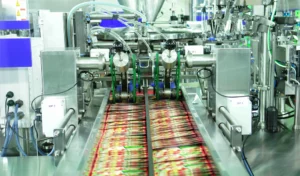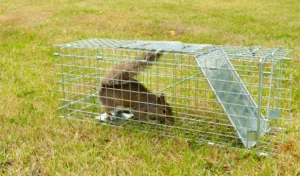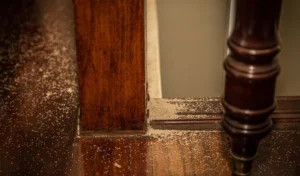Admit it, we’ve all faced those moments—being awakened by scratching sounds in the walls or discovering mysterious holes in the yard. Unwanted wildlife guests can be more than just an annoyance. They pose health risks and property damage. Before resorting to lethal traps or poison, take a moment to consider a more humane alternative: the live animal trap.
Choosing a live animal trap provides a way to address pesky critters without causing them harm. It’s an approach that is both compassionate towards animals and effective for you. But how do you go about it? Which animal traps are suitable, and where should you position them? Once you’ve successfully caught the animal, what’s the next step? This comprehensive guide is here to answer all these questions and more. From selecting the right trap to navigating the do’s and don’ts of relocation, we’ve got you covered.
Join us as we delve into the details of a live animal trap—a lasting solution that benefits both you and the furry intruders in your space.
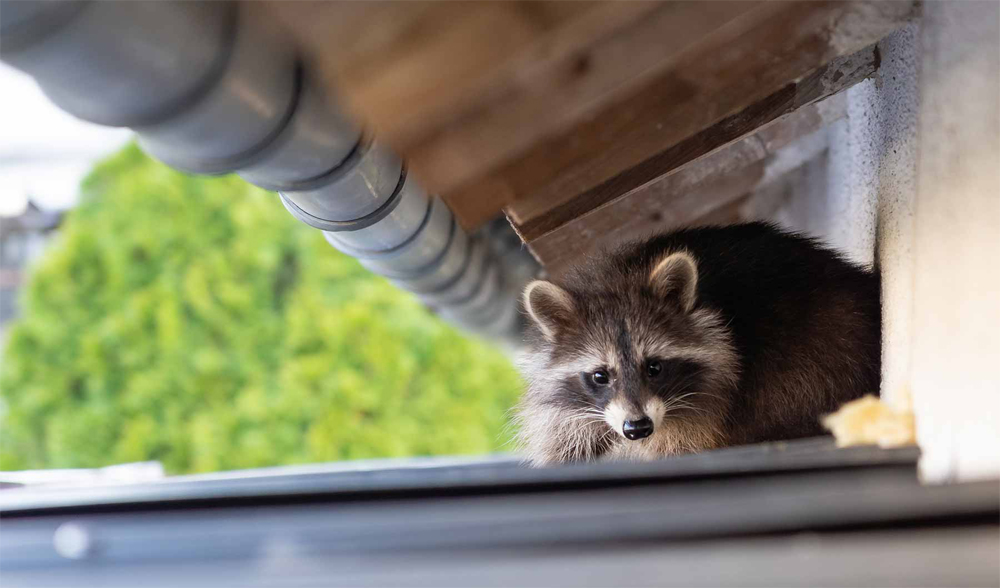
The Significance of Live Animal Trapping
So, you’re facing a critter dilemma, be it mice, rats, or perhaps squirrels taking up residence in your attic. The utilization of a live animal trap emerges as a humane and efficient solution, often endorsed by wildlife control agencies.
But what makes it such a popular choice? To begin with, it’s ethically sound. By opting for a live animal trap, you’re not ending the animal’s life. You’re facilitating its relocation. This approach not only reflects kindness but also contributes to sustainability. Unlike lethal methods, which can disrupt local ecosystems over time, live trapping avoids potential long-term issues.
Furthermore, live trapping proves to be more effective than alternative methods. Consider this: if you resort to poison or lethal traps, dealing with carcasses becomes inevitable. This not only creates an unpleasant situation but also poses potential health hazards. In contrast, a live animal trap allows for easy release or relocation. Additionally, they are reusable. Investing in a trap once enables multiple uses, rendering it a cost-effective option in the long term.
Select the Right Live Animal Trap
Choosing the appropriate trap is of utmost importance. It’s not a matter of selecting any cage and expecting it to do the job. Begin by identifying the specific animal you’re dealing with, as different species call for different traps. For example, a trap designed for mice might not be suitable for squirrels.
Once you’ve identified the target animal, delve into research to find the most suitable trap for that particular species. Prioritize traps that are sturdy and well-built, as the last thing you want is for the animal to escape and develop a reluctance to traps, making future captures more challenging.
Size is a critical factor as well. A trap that is too small can be uncomfortable for the animal, while one that is too large may not trigger properly. Consult the manufacturer’s guidelines and, if feasible, seek advice from local wildlife experts. They can offer valuable insights into trap sizes and types that are effective for your specific situation. Additionally, be sure to check local laws, as some areas impose restrictions on trapping certain wild animals. Ensure compliance with regulations before setting up any traps.
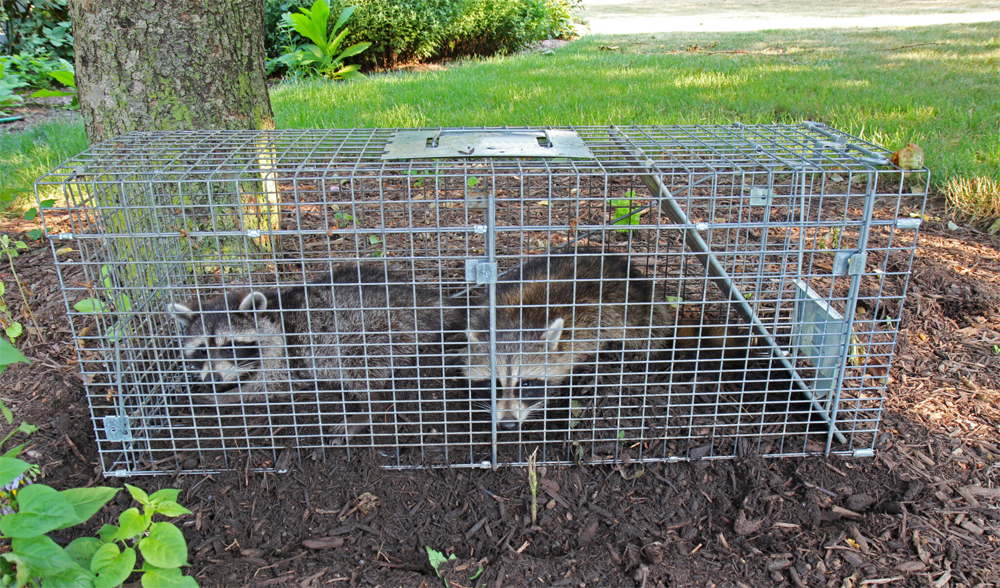
Establishing the Trap: Best Practices
Now that you have your live animal trap, what’s the next step? Here are some recommended practices to maximize the effectiveness of live animal trapping:
Identify the Right Location: The initial step in trap setup involves selecting the appropriate location. Identify areas frequented by the animal, keeping an eye out for indicators such as droppings, tracks, or signs of property damage.
Stabilize the Trap: A trap that wobbles can startle or potentially harm the animal. After selecting a location, ensure the trap is stable. Use stakes or weights to firmly secure it in place.
Choose the Right Bait: Various animals such as gophers, voles, kangaroo rats, and squirrels are drawn to different types of food. For instance, squirrels and chipmunks are enticed by peanuts, making them effective as bait for trapping. If uncertain about the appropriate bait, consider using peanut butter.
Proper Bait Placement: Position the bait in a way that entices the animal to enter the trap fully, thereby activating the mechanism that closes it.
Frequent Checks: Regularly inspecting live traps isn’t just a humane practice; in numerous locations, it’s also a legal requirement. The sooner you can release or relocate the animal, the better it is for its well-being.
Relocation: Do’s and Don’ts
Congratulations on capturing your critter! However, the journey isn’t over yet. Relocation is a nuanced process that demands careful planning.
Know the Local Laws: Before considering relocating the animal, ensure you are familiar with local laws and regulations. Certain areas may stipulate the minimum distance required to transport the small animal away from residential zones.
Choose a Suitable Release Site: Select a new location that provides abundant sources of food, water, and shelter, giving the animal the optimal opportunity for survival.
Gentle Release: When releasing the trapped animal, open the live trap with utmost gentleness to minimize stress. This not only showcases kindness but also enhances effectiveness for future trapping endeavors.
Trap Maintenance: Following the release, thoroughly clean and disinfect the trap. This ensures its safety for future use and extends the lifespan of the trap.
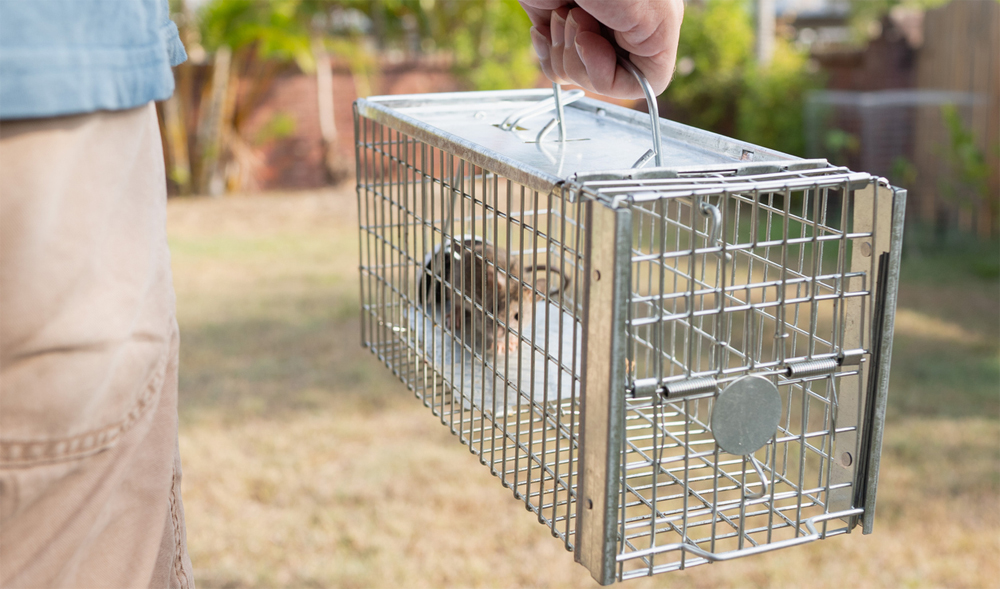
Mutual Benefits of Live Trapping
Employing a live animal trap goes beyond a mere temporary solution. It represents a responsible approach to wildlife management—humane, effective, and often more practical than alternative methods. It’s a win-win for humans, wild animals, and other creatures alike. You can resolve your critter problem without inflicting harm, while the animal gains an opportunity for a new life in a different location.
Next time you encounter unwanted wildlife, think about opting for live trapping. It’s a solution that benefits you, the animal, and the environment—something we can all support.
Ready to Take the Next Step with Safe-Killer?
Coping with unwelcome animal guests can be overwhelming, but you don’t have to tackle it solo. For a humane, effective, and ethical solution, explore Safe-Killer.
With professional Humane Mouse Traps, Live Animal Traps and expertise in trap selection, placement and safe animal transfer from Safe-Killer, you can be confident that your small animal problem will be solved in the best way for you and the animal. Time to Contact Safe-Killer and stop letting wildlife problems disrupt your life.

